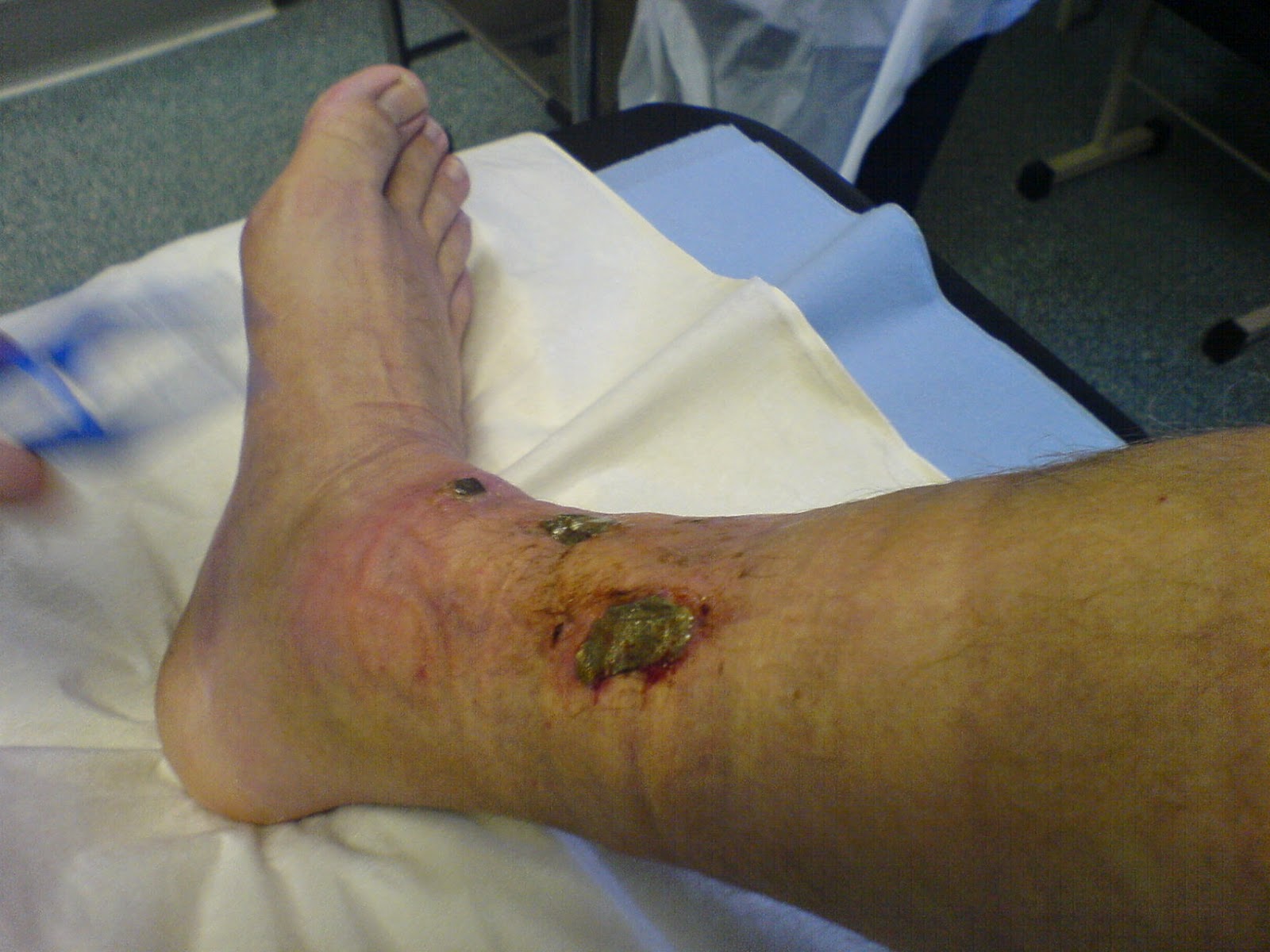This blog post will be of interest to the hypnotists, therapists,
psychologists, psychiatrists and NLPers amongst us. It is a further development
of my previous post here: http://garysmilerturner.blogspot.co.uk/2013/03/developments-in-working-with-eye.html
This previous post describes taking eye movements to 3D. Following that
post I now have a host of observations and calibrations for the 3D model. In
this post I’ll describe how I now take eye movements to multiple layers.
I had a talented young lady to work with the other day, who had a large
number of multiple hub traumas to work with. My work was cut out with the time
available. The lady was clever, IEMT/EMIplus was working well to alleviate all
the negative emotion, yet, there were just a massive number of traumas for her
to process.
So I started to think “how can we work quicker?” and an idea popped into
my head.
My original trade was as a Building Surveyor, and I still hold Chartered
Status. I am a skilled CAD (computer aided design) operator. I also have skills
with Photoshop. Both use something called ‘layers’.
Think of layers as sheets of clear paper, acetate maybe even on an
overhead projector. Different sheets can be laid on top of each other to form
one image. I instantly wondered as to whether I can overlay one trauma on top
of another – and process at the same time.
Understanding Hebbs Law, and the plasticity of memories, I knew that initially
the two memories would be combined together making the trauma worse. Yet I also
knew that they would be being processed at the same time, neutralising the
negative emotion. My work with this client already demonstrated she responded
well to eye movement intervention.
So I told her what I planned, and we started.
We took two trauma memories and she managed to hold them both in her
mind – overlapping on layers. We started the work. It took her intense
concentration, yet she managed to hold both trauma memories at the same time,
and we processed. It took just two passes and they were neutralised.
The feedback was that it appeared as though they were one memory, before
they were processed to neutralise the emotion, becoming dissociated along the
way, with the submodalities going out of focus and distance being achieved.
Testing confirmed it – the first double trauma layering had worked.
So we repeated with two more, and yes, it worked.
So we did three and achieved success once more.
From memory, I think the most memories should could hold in layers was
around five – all of which were processed. Interestingly, some of these
memories jumped as would happen usually with processing, and the jumped memory
continued one the same layer. The usual processes were happening – just all at
the same time, each on individual layers.
My suggestion is to give this a go – when you feel the client is capable
– remember we must put them first. I would suggest that not every client would
have the resilience to hold several traumas in mind, let alone the
concentration required to process. This first client could though – and it
demonstrates what is possible.
I feel it is our duty to share with each other our findings, especially
when it can help us in our work. In this way we are putting our clients first.
So please share this amongst others whom you know to be doing eye movement
interventions, and hopefully we can all learn to be more effective in the
future. Please let me know the feedback from this blog too – including what you
notice, and any ideas you may have!















